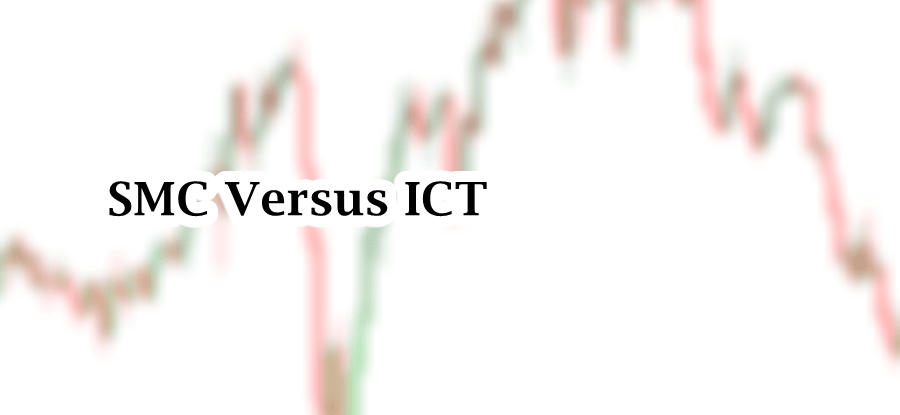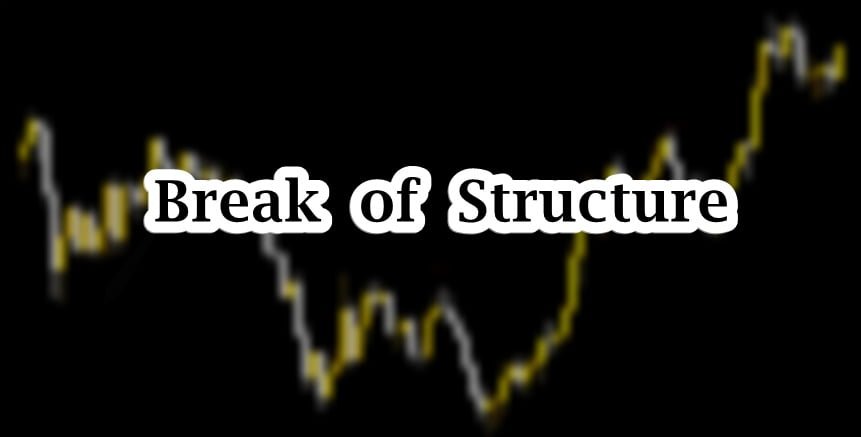
Table of Contents
Michael J. Huddleston elaborated different concepts related to price action with respect to time. He emphasized on combination on time and price. From ICT Kill Zones to ICT Macros, all concepts provide a comprehensive framework for understanding market movement by correlating time and price. ICT Time and price theory is used widely in forex market but equally applicable in other financial markets.
Understanding Time Framework in ICT
Michael J. Huddleston emphasizes that financial markets, especially forex market, operate within specific time structure influenced by institutional activity, market sessions and liquidity cycles. In forex market, there are three major sessions.
In global forex market, there are three sessions containing Asian, London, and New York Sessions. Among them London session and New York session have huge liquidity. Inner Circle Trader identifies specific overlaps and individual session behavior as critical for price analysis.
Asian Session is less volatile as compared to London and New York. Asian session is characterized by consolidation and accumulation of orders. In London Session, volatility increases as institutions begin driving price movements. The most volatile session, especially its overlapping with London Session, is New York Session. In this session, market either continues its prior trend or reversals takes place.
ICT Asian Kill zone is timed between 7:00 PM to 11 PM New York time. In ICT Asian Kill zone, market tends to establish a tight range during this kill zone. Price often sweeps stops just above or below the Asian range. ICT London Kill zone is timed between 2:00 AM to 5:00 AM EST New York time. This session focuses on liquidity manipulations and breakouts. New York kill zone starts at 7:00 AM and ends at 10:00 AM EST.
Understanding Price Framework in ICT
ICT price theory focuses on institutional activity and market structure. It allows us to align with smart money. ICT trading concepts emphasizes on Market structure, Liquidity concepts, and Price Delivery Algorithm.
ICT market cycle contains three phases: accumulation, manipulation, and distribution. In ICT market structure. Price properly moves in uptrend or downtrend by creating major swing highs and lows. For trend continuation, price form Break of structure. For trend shift, price form Change of Character (CHOCH).
In ICT trading, two types of liquidity are used for trade entries and exits. First is the liquidity inside a dealing range, and second is liquidity above swing high or low. Liquidity pools are stop-losses and pending orders above key swing high or low. Liquidity in the form of Order Blocks and Fair Value Gaps reside inside a dealing range.
Lastly, the most important thing that should be remembered in ICT Trading is that price movements are algorithmically driven by institutions. Price fills pending and stop-loss orders at optimal prices. Institutional price movements trap retail traders. Price after creating imbalances returns to fair value gaps for order balancing.
Higher Timeframes for Directional Bias and Order Flow
ICT Power of Three and the concept of Higher timeframe open provide powerful base for identifying market direction and institutional order flow. Price is fractal in nature. These principles apply to all timeframes and makes it possible to establish a multi-timeframe analysis.
Importance of Higher Timeframes
Monthly Chart provides a macro-level view of price action. With the help of monthly timeframe, a dominant institutional bias can be observed for a given period. Large institutions and banks use the monthly open as a reference for their algorithmic trading systems. This helps in determining whether to drive prices higher or lower. With bullish monthly bias, focus on buying opportunities at or below the monthly open. With bearish monthly bias, seek selling opportunities at or above the monthly open.
Weekly chart bridges the gap between macro and intraday perspective. It reflects shorter-term institutional intent while maintaining alignment with the overarching monthly bias. With a bullish weekly bias, look for long setups around or below the weekly open. With a bearish weekly bias, prioritize short positions at or above the weekly open.
The daily chart provides the micro-bias within the weekly structure. Its importance lies in identifying daily high and low formations, liquidity sweeps, and precise levels for intraday execution. The daily open is often a pivotal point during ICT kill zones.
Daily Timeframe for Precision
The daily timeframe provides more in-dept details into market movements. Daily Open levels are critical for understanding daily bias for day trading. When we shift in timeframe, it can provide execution opportunities. Price exhibit AMD setups around daily open during ICT Kill zones.
Smart money frequently targets liquidity above the daily high or below daily lows during London and New York sessions.
Multi-Timeframe Integration
Logical and effective trading using the ICT concepts revolves around aligning multi-timeframe. This helps to build a strong directional bias and enhance trade precision. The monthly, weekly, and daily charts are important in understanding institutional intent. Using the higher timeframes analysis, intraday execution during ICT kill zones provide high-probability trade setups.

Monthly Chart Analysis
This provides a macro-level directional bias. It offers insights into institutional sentiment and long-term price behavior.
Start by identifying the monthly open price. If the current price is trading above the monthly open, it suggests a bullish bias. On the other hand, if the price is trading below the monthly open, it implies a bearish bias. Having this directional analysis serves as the roadmap for all lower timeframe trading decision.
Secondly, mark institutional levels. In ICT trading, highlight key areas like order blocks, fair value gaps, and major swing highs & lows. Price often visits to these areas before moving in its intended direction. By anchoring this to your analysis, you can align yourself with institutional interest.
Weekly Chart Confirmation
The weekly chart validates whether institutional flow on weekly chart is perfectly aligned with the macro view. For better long-term trades, the weekly trend should align with monthly bias. For example, if both charts show bullish structure, we will go for long trades.
Another important is that must mark weekly key levels. Weekly open, high, and low provides the current range of institutional activity. These levels are frequently manipulated during kill zones (in the form of sweeps of weekly lows before upward moves).
This step is crucial for confirming the path of least resistance and avoiding counter-trend trades.
Daily Chart Execution
For long-term trades, the daily chart is used to confirm entries and exits. It also helps in identifying precise entry levels for intraday trading.
Key levels and PD arrays are areas useful for intraday traders because these levels or zones are often targeted during the London and New York session. This timeframe bridges the higher timeframe view and the intraday execution layer.
Intraday Trade Execution
With a clear higher timeframe bias, shift to lower timeframe (5-min or 15-min) during ICT kill zones for entry. London and New York session are high-probability trading window where institutional activity is at peak.
As far as execution is concerned, well, it depends. Most recommended one is looking for liquidity sweeps above or below major swing areas. However, the most secure trading lies after confirmation of market structure shift. After break of structure or market structure shift, we use order blocks or fair value gaps for trade entry.
By combining time and price with institutional logic, this multi-timeframe method provides a clear roadmap from macro bias to micro trade execution.
Final Note
Integrating the three timeframes within ICT framework allows traders to align with institutional order flow and build high-probability trade setups. Identification of directional bias from the monthly and weekly opens refine entries for lower timeframes. Mastery of this methodology empowers traders to trade with the same mindset as large institutions. Trading in financial markets involves huge risk and may not be suitable for all investors. Past performance is not indicative of future results. Always use proper risk management and never trade with the capital that you cannot afford to lose.
Frequently Asked Questions (FAQs)
What is Time and Price Theory in ICT?
It is a trading framework that explains the relationship between price levels and specific time-based events or sessions. ICT time and price theory focuses on institutional activity during key times and how price reacts around open levels (monthly, weekly, and daily).
Why is the Monthly Open important in ICT trading?
The monthly open acts as a macro bias indicator. If price is above the monthly open, institutions are likely favoring longs; if below, they favor shorts. This helps traders align with the broader institutional direction.
How does multi-timeframe analysis improves trade accuracy?
It provides context. The monthly chart gives long-term bias, the weekly refines that view, and the daily chart provides precision for long-term and intraday trade entry. In trading, combining these three improves the probability of successful trades.
What ICT price action tools should be used in trading?
The following are the tools, also known as ICT PD array: Order Blocks, Fair Value Gaps, Liquidity Pools, Market Structure Shifts. Inversion Fair Value Gaps, Implied Fair Value Gaps. Using these tools, we can identify institutional footprints and high probability trade setups.
I’m Abdullah Shah, a content writer with three years of experience in crafting engaging and informative content. My background in market analysis complements my work, allowing me to create content that resonates with audiences. I’m also a seasoned practitioner in the forex and crypto markets, with a strong foundation and deep interest in finance. My passion for the financial world drives me to produce content that is both insightful and valuable for those interested in understanding market trends and financial strategies.





